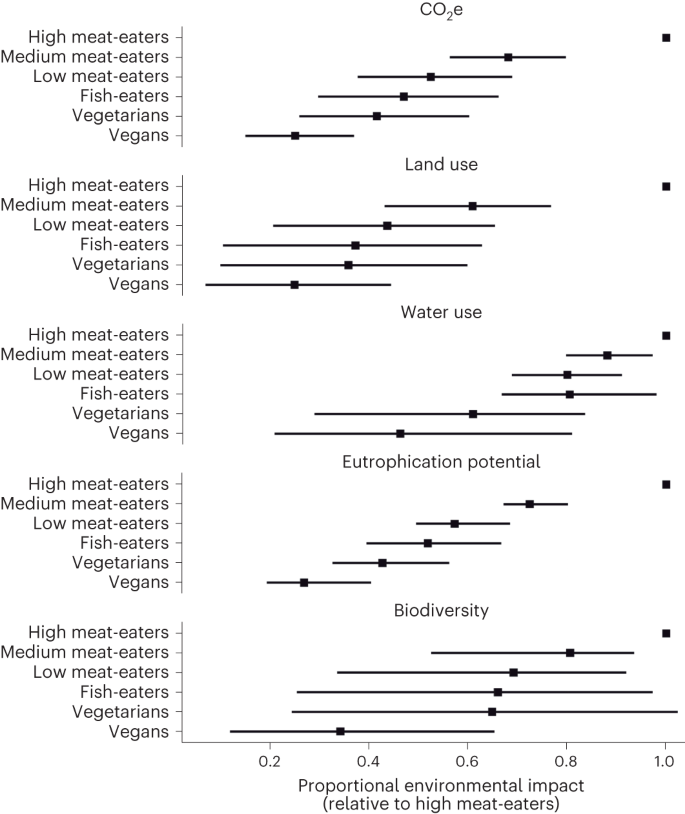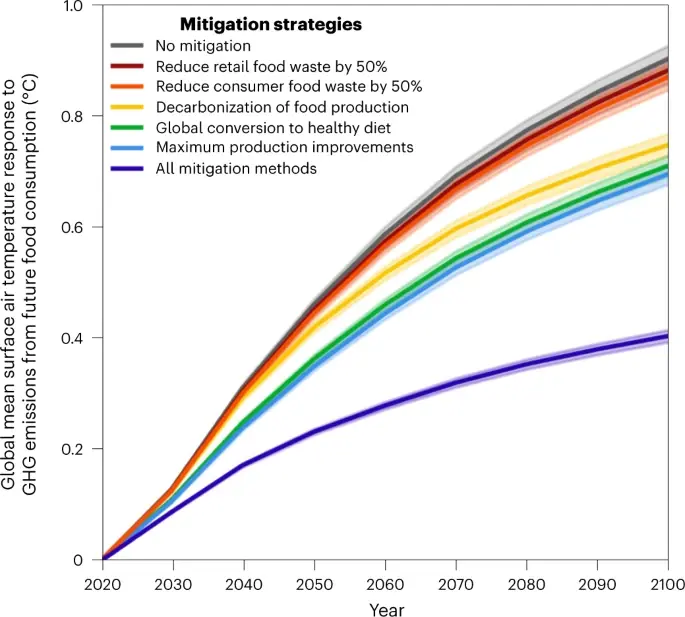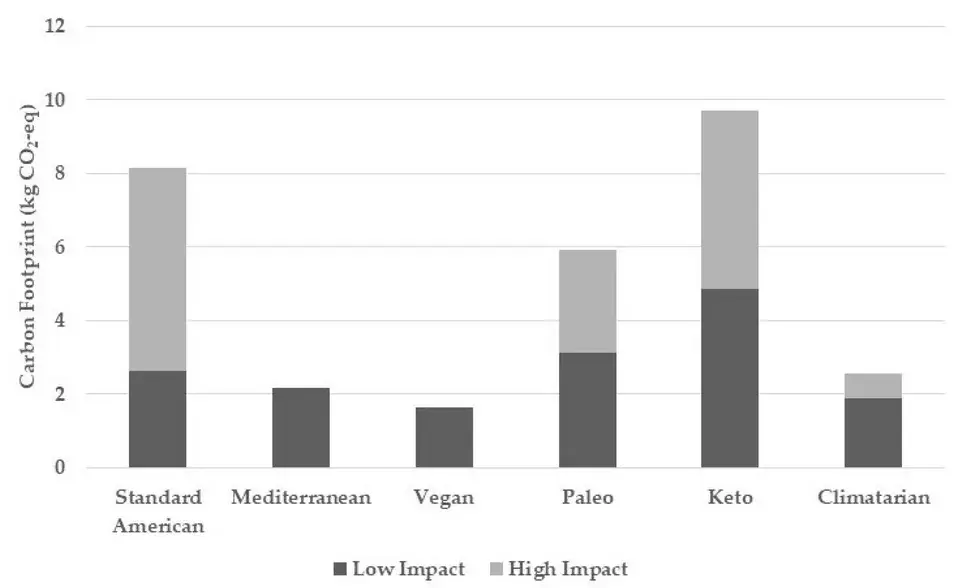Earthling Liberation notes
106 readers
2 users here now
We live in ~~a society~~ an ecosphere.
- not a place for debate
- lurk all you want
- make your own
/c/and crosspost if you are displeased with the rules
No system but the ecosystem
What does that even mean?
Here's an aspect: https://www.radicalphilosophy.com/article/nature-in-the-limits-to-capital-and-vice-versa
founded 1 year ago
MODERATORS
101
102
103
104
105
106
107
108
109
110
111
112
113
114
115
116
117
118
119
120
121
122
123
124
1
Virome characterization of game animals in China reveals a spectrum of emerging pathogens
(www.sciencedirect.com)
125





